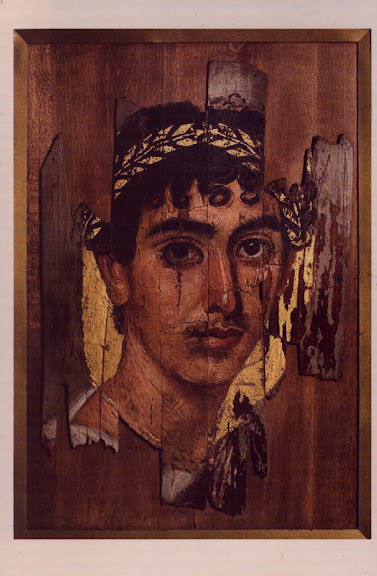The 100th anniversary of birth of Mstislav Keldysh (1911 - 1978), scientist
Sochi - the capital of the XXII Olympic Winter Games 2014
Joint issue the Russian Federation - Aland Islands (Finland). The 150th anniversary of foundation of Marienhamn
XXII Olympic Winter Games in Sochi. Winter Olympic sports
The 150th anniversary of birth of Konstantin Korovin (1861 - 1939), artist souvenir sheet of 1 stamp
Historical and cultural heritage of Russia. Museum of wooden architecture and folk art "Malye Korely"
Monuments of science and technology. Watches. Continuation of series
Russia. Regions. Continuation of series. Omsk Region, Tyumen Region, Kaluga Region.
XXII Olympic Winter Games in Sochi. Tourism at the Black Sea coast of Russia
50th anniversary of Yuri Gagarin space flight
Cities of military glory. Continuation of the series. Vladikavkaz, Rostov-on-Don and Tuapse, Velikiye Luki, Veliky Novgorod, Vyborg
Weapon of victory. Continuation of series. Aviation
The 100th anniversary of birth of Kirill Shchelkin (1911-1968), professor, nuclear physicist
EUROPA issue. Forests
Architectural constructions. Bridges.
The 350th anniversary of Irkutsk
The 200th anniversary of independence of the Bolivarian Republic of Venezuela
Joint issue between the Russian Federation and the Republic of Montenegro
The 350th anniversary of voluntary occurrence of Buryatia into the structure of the Russian state
Russia. Regions. End of series. Novgorod Region, Tambov Region.
Natural heritage of Russia. Pechora-Ilych Nature Reserve
History of Russian Cossacks. Continuation of series
World-wide cultural heritage in Russia. Continuation of the series. Ancient City and Fortress Buildings of Derbent souvenir sheet of 1 stamp
The 250th anniversary of birth of Miсhail Barclay de Tolly (1761 - 1818), general-field marshal
Culture of the peoples of Russia. Folk costumes (headdresses) of Russian North
The 300th anniversary of plant «Arsenal»
The 300th anniversary of Moscow head post office
The 300th anniversary of birth of Mikhail Lomonosov (1711 - 1765), scientist
Happy New Year!
понедельник, 10 января 2011 г.
Fayum mummy portrait

Mummy portraits or Fayum mummy portraits (also Faiyum mummy portraits) is the modern term given to a type of realistic painted portraits on wooden boards attached to mummies from the Coptic period. They belong to the tradition of panel painting, one of the most highly regarded forms of art in the Classical world. In fact, the Fayum portraits are the only large body of art from that tradition to have survived.
Mummy portraits have been found across Egypt, but are most common in the Faiyum Basin, particularly from Hawara and Antinoopolis, hence the common name. "Faiyum Portraits" is generally thought of as a stylistic, rather than a geographic, description. While painted Cartonnage mummy cases date back to pharaonic times, the Faiyum mummy portraits were an innovation dating to the Coptic period on time of the Roman occupation of Egypt.
They date to the Roman period, from the late 1st century BC or the early 1st century AD onwards. It is not clear when their production ended, but recent research suggests the middle of the 3rd century. They are among the largest groups among the very few survivors of the highly prestigious panel painting tradition of the classical world, which was continued into Byzantine and Western traditions in the post-classical world, including the local tradition of Coptic iconography in Egypt.
The portraits covered the faces of bodies that were mummified for burial. Extant examples indicate that they were mounted into the bands of cloth that were used to wrap the bodies. Almost all have now been detached from the mummies. They usually depict a single person, showing the head, or head and upper chest, viewed frontally. In terms of artistic tradition, the images clearly derive more from Graeco-Roman traditions than Egyptian ones.
Two groups of portraits can be distinguished by technique: one of encaustic (wax) paintings, the other in tempera. The former are usually of higher quality.
About 900 mummy portraits are known at present. The majority were found in the necropoleis of Faiyum. Due to the hot dry Egyptian climate, the paintings are frequently very well preserved, often retaining their brilliant colours seemingly unfaded by time.
Fayum mummy portraits
Подписаться на:
Сообщения (Atom)

















